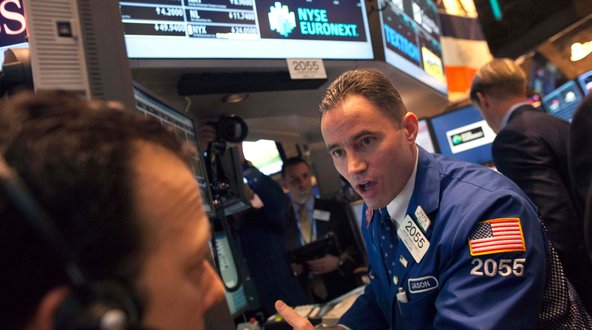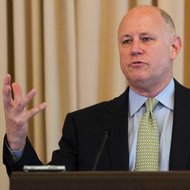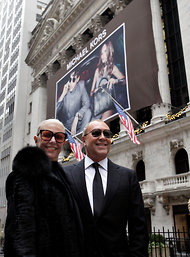Stocks rose on Tuesday, putting Wall Street on pace for a fourth consecutive advance, after Alcoa reported higher-than-expected adjusted profit, which buoyed optimism about quarterly earnings reports to come.
In afternoon trading, the Standard Poor’s 500-stock index gained 0.7 percent, the Dow Jones industrial average rose 0.5 percent and the Nasdaq composite was 0.5 percent higher.
Global markets were also higher, with the FTSEurofirst 300 index of European shares closing 0.8 percent higher; Japan’s Nikkei average ended its session almost 2.6 percent higher, near a six-week high.
Alcoa, the first Dow component to report results for the second quarter, also said late on Monday that it anticipated solid growth in global demand for its products this year. Shares of Alcoa, the largest American aluminum producer, rose at the opening bell before falling 0.4 percent.
The earnings report bolstered confidence for an earnings season currently forecast to show lackluster growth.
“We’ve set the expectations bar extremely low, probably the lowest that we’ve seen in the last eight quarters, for this earnings season,” said Art Hogan, managing director at Lazard Capital Markets in New York. “So if we are going to get some upside surprises here, which I entirely expect that we will, the market may react positively.”
The earnings calendar remains fairly light this week until Friday, when JPMorgan Chase and Wells Fargo are scheduled to report.
The benchmark S.P. 500 has risen 1.6 percent over the last three sessions, as jobs and manufacturing data have helped ease concerns over the possible early pullback of stimulus measures by the Federal Reserve.
“What is more important here is that we’ve got a market that has transitioned in psychology – good news is actually good news, and that is a very important transition in the market psychology right now,” said Mr. Hogan.
The book retailer Barnes Noble gained 4 percent after the company’s chief executive, William Lynch Jr., resigned.
Tesla Motors, which makes electric cars, gained 2.4 percent after Nasdaq OMX Group said Tesla would replace Oracle on the Nasdaq 100 stock index, reflecting the company’s rising profile.
The grocery store operator Kroger Company said it would acquire Harris Teeter Supermarkets in a deal valued at $2.5 billion, including debt, to expand in Southeast and Middle Atlantic states. Kroger shares rose 2.5 percent, and Harris Teeter gained 1.6 percent.

Article source: http://www.nytimes.com/2013/07/10/business/daily-stock-market-activity.html?partner=rss&emc=rss



